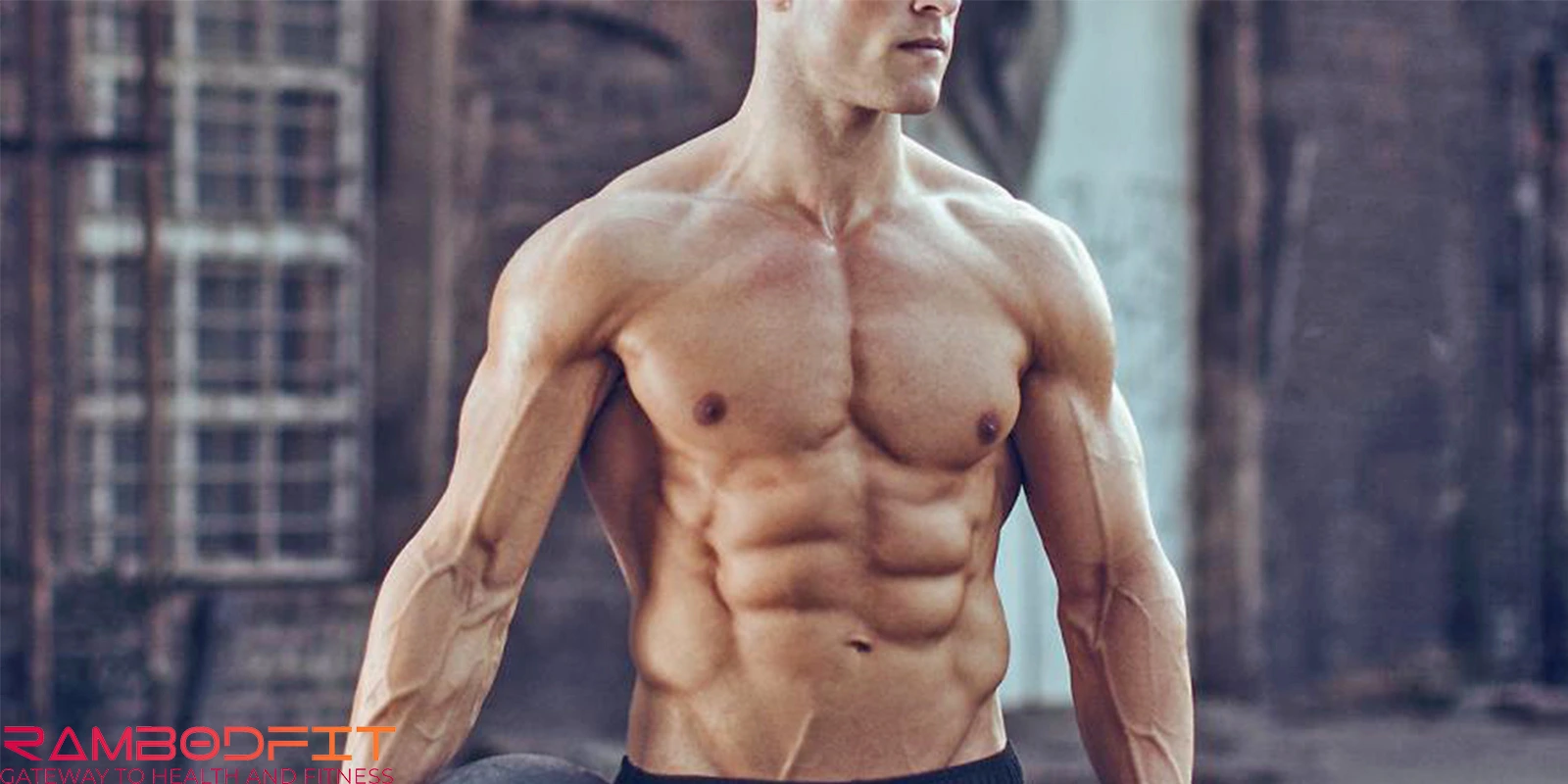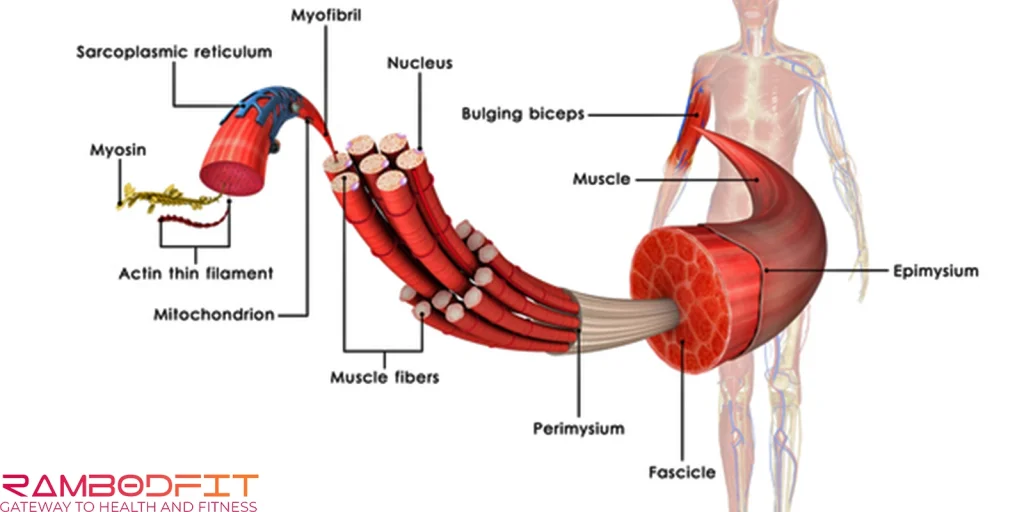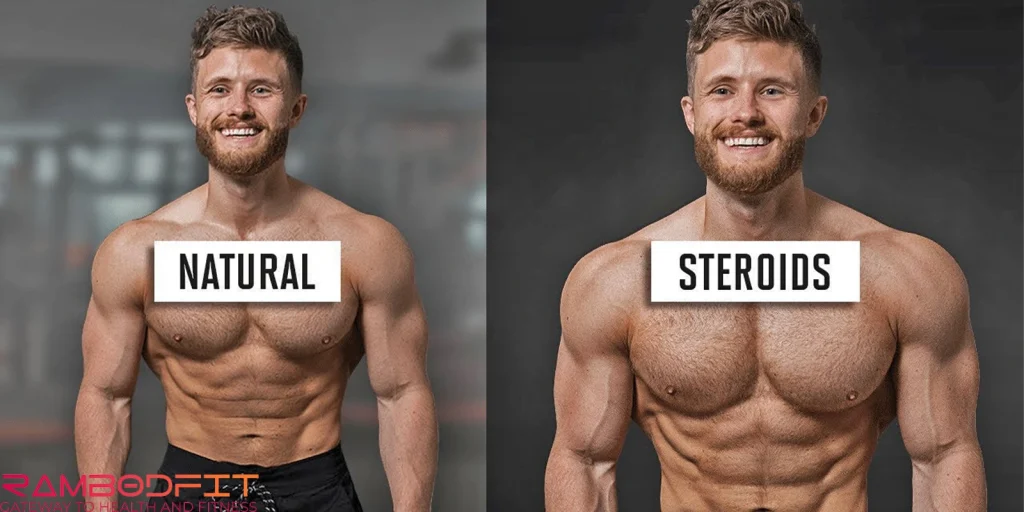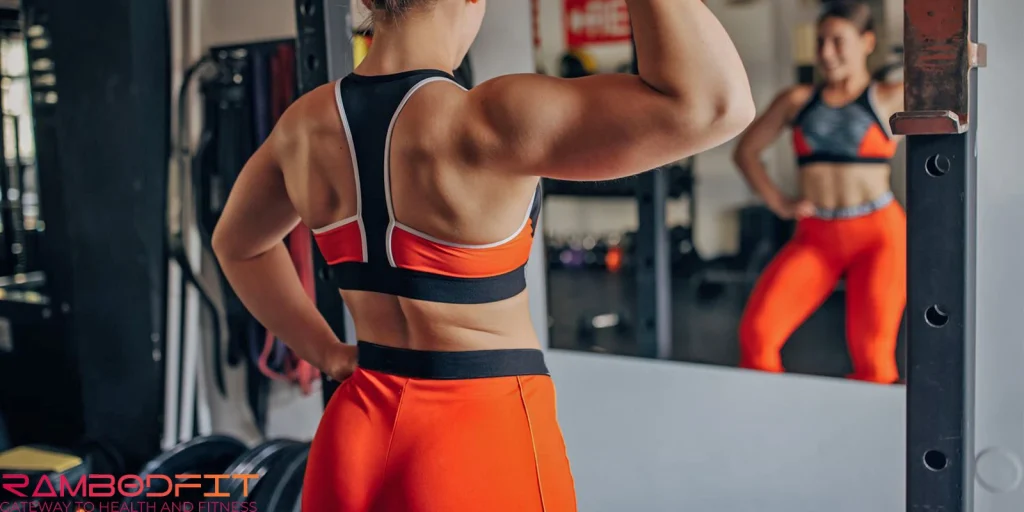


Alright, let’s get real for a second. You scroll through Instagram, see some dude flexing with veins popping out everywhere, swearing he put on 20 pounds of ripped muscle in, like, a summer. Meanwhile, you’re doing your best in the gym, eating chicken and rice ‘til you want to scream, and your sleeves are still loose.
So, naturally, you start thinking: “Wait, am I broken? Or is this guy full of it?” Spoiler: It’s usually the second one. This often gets overlooked, especially when you’re unaware of the actual structure of muscle tissue.
Here’s the ugly truth nobody’s selling in a supplement ad—gaining muscle naturally is slow, it’s capped, and sometimes it feels like watching paint dry. But hey, it’s real. And honestly? That makes it way cooler. Anyone can juice and blow up overnight, but building something legit, something that lasts, that’s rare these days. That’s the raw beauty behind understanding the structure of muscle tissue.
This is your filter for the B.S. Something to ground you in what’s possible without a pharmacy in your gym bag. No magic pills, no six-pack-in-six-weeks nonsense. Just straight-up biology, smart training, and maybe a little stubbornness. Which only works when you understand the structure of muscle tissue on Rambodfit.
Table of Contents

Alright, let’s dig in a bit deeper—because muscles are way more than just a pile of spaghetti-shaped fibers flexing on command. So, zoom in: They’re not just floating around. Each one’s wrapped up in layers of connective tissue—like cling film on leftovers—keeping everything tight and organized.
It isn’t just for looks either; that connective tissue helps transmit the “pull” when you move, so your biceps don’t just flop around uselessly. Kinda important, right? All of it functions cohesively thanks to the structure of muscle tissue.
Now, inside those fibers, myofibrils run the show, stacked full of sarcomeres, which are basically the little engines churning out your every move. Sarcomeres work using actin and myosin, and trust me, these two are like the ultimate duo in a dance-off—they slide past each other, grabbing and releasing, which is literally what makes your muscles contract (and lets you crush that handshake or run for the bus). That precise movement is rooted in the structure of muscle tissue.
I was the classic newbie—I thought sheer willpower would turn me into Wolverine. It didn’t quite work out that way. It turns out that you need more than just effort. You need the right kind of stress, actual recovery (yeah, sleep matters, sorry night owls), and your hormones doing their thing. Every adaptation starts with the structure of muscle tissue.
Let’s talk muscle growth, because it’s not all the same:
🔬 Myofibrillar Hypertrophy:
This is the meat and potatoes—the real muscle fibers getting thicker and stronger. You see it when your deadlift goes up or you finally break your bench plateau. It’s what powerlifters chase: low reps, heavy weight, serious results. This transformation directly involves changes in the structure of muscle tissue.
💦 Sarcoplasmic Hypertrophy:
People call this “fake muscle,” but come on, it still counts. It’s the pump—the muscle cell fills up with glycogen, water, all that good stuff. Think bodybuilders doing curls ‘til their arms look ready to explode. It’s not just for show; that “full” look does something, believe it or not. Even pump-based growth relates to the structure of muscle tissue.
📌 Nerd out for a sec—when your muscles get pumped, the swelling alone kicks off protein synthesis. Swollen biceps aren’t just for selfies.
What About Hormones?
Yeah, testosterone and friends help, but unless you’re injecting them (don’t), you’re not suddenly gaining twice as fast because you got a good night’s sleep. They’re more like the behind-the-scenes crew, not the star of the show. They support—but don’t define—the structure of muscle tissue.
Every lifter’s favorite phase. Your first year in the gym? Absolute goldmine. Your body sucks up muscle like a sponge. It’s wild. Initial growth is the body adapting to stress through the structure of muscle tissue.
Here’s what you can expect if you’re training and eating right (no, you can’t out-supplement a crappy diet):
• Year 1: 8–12 kg (17–26 lbs) of muscle if you’ve got your act together
• Year 2: 4–6 kg (9–13 lbs)
• Year 3+: 1–3 kg (2–6 lbs) per year—if you’re lucky and not half-assing it
Yeah, sorry. The slope gets steep quickly. This is what gym nerds call the “diminishing returns curve.” Those last few pounds? Absolute grind. The limiting factor often lies in the structure of muscle tissue.
I remember year three: stuck in purgatory. Nothing moved. Thought I broke myself. Turns out, it’s just biology’s way of saying, “You want more? Work for it.”
Some people are just built like superheroes straight out of the box. Long collarbones, short waists, muscle bellies that pop under a T-shirt. You can’t change this stuff, but it does matter. Genetics play a big role in shaping the structure of muscle tissue.
🦴 Bone Structure:
Broad shoulders, narrow hips? Jackpot. Short muscle insertions? Your biceps might look like biceps. It’s the hand you’re dealt.
⚡ Muscle Fiber Type:
You got slow-twitch (marathon runner, never gets tired) or fast-twitch (sprinter, explodes off the line)? Fast-twitch folks usually pack on muscle more easily. If you outran everyone in gym class but died on the mile run, you probably know which camp you’re in.
🧮 FFMI (Fat-Free Mass Index):
Kind of like BMI, but for how jacked you are without the fluff.
• Over 25? Yeah, you’re probably not natty, sorry.
• Most natural lifters top out at 22–25. That’s just how it is.
Wanna nerd out and see where you’re at? There’s a calculator for that. Google “mennohenselmans FFMI Calculator” and see how close you are to the ceiling. Still, you can optimize your structure of muscle tissue.

❌ Myth 1: You can just keep packing on muscle forever
Yeah, sorry, that’s a fairy tale. At some point, your body throws up the middle finger and says, “That’s enough, buddy.” You might squeeze out some tiny PRs, but unless you’re hopping on the juice, those wild newbie gains are gone.
❌ Myth 2: Hitting a plateau means you’re screwing up
Not always. Sometimes, you’re just bumping up against your genetic ceiling. It’s not a programming fail—it’s just biology being a buzzkill.
❌ Myth 3: You can outwork your DNA
Ha! Good one. You can hustle hard and get the most out of what you’ve got, but you can’t swap out your genetic code at the gym.
✅ Reality Check:
Here’s how you know you’re scraping up against your natural limit:
• Your bench, squat, and deadlift haven’t budged in months, even though your program is on point
• Your body fat and muscle mass just… won’t move. Almost like you’ve hit a wall
• Your FFMI (Fat-Free Mass Index) is creeping up toward 25 and just chilling there
Still hanging in here? Awesome. Now let’s get to the real nitty-gritty—time to squeeze the lemon dry.
🏋️ Compound Lifts
Deadlifts, squats, rows, bench, and overhead press. The classics. If you’re skipping these, you’re doing muscle cosplay. Make these your bread and butter. These movements stimulate nearly every part of the structure of muscle tissue.
📅 Train Smarter
If you’ve got lagging muscle groups, hit ’em twice a week. More volume, not just more pain.
🔄 Periodize or Die
You gotta mix it up. Rotate through:
• Strength phases (3–5 reps—get heavy)
• Hypertrophy phases (6–12 reps—pump it up)
• Deloads (chill out every 4–6 weeks, let your body catch up)
🍽️ Eat Like It Matters
• Protein: 1.6–2.0g per kg bodyweight. Chicken, tofu, whatever floats your macros
• Creatine: 5g, every damn day
• Carbs: Don’t skimp; you’ll feel it in your lifts
• Fats: Stay above 20% of calories or your hormones will riot
Nutrition plays a direct role in supporting the structure of muscle tissue.
😴 Recovery
7–9 hours a night. Non-negotiable. “I’ll sleep when I’m dead” is a fast track to looking like you never even lift.
🧘♂️ Lifestyle
Booze, stress, all-nighters? Axe ’em. Cortisol will eat your gains for breakfast. Your body needs to know it’s safe to grow.
Wanna peek into the future? Here’s the weird science.
Ever heard of myostatin? It’s like your muscles’ personal security guard, making sure you don’t turn into the Hulk. Your body makes it to keep your gains in check.
Now, scientists are cooking up ways to block that stuff. Enter YK-11—a lab-made SARM that basically tells myostatin to chill out.
But here’s the deal:
• Not FDA approved (so… not exactly legal or safe)
• No clue what it does to you long-term
• Could mess with your hormones, even though it’s technically not a steroid
Bottom line: It’s wild and kinda sketchy, but it’s a sneak peek at what might be possible for “natural” lifters in the future. Wanna go down that rabbit hole? Be my guest: NCBI: YK-11 and Muscle Growth Potential

Alright, so—how much muscle can you slap on without, y’know, turning into a pharmacy with legs? Let’s be real: you’ll pack on enough to look jacked in a t-shirt, maybe even get a few double-takes at the beach. You’ll feel like a beast, sure, and honestly, that’s the real flex.
You’re not gonna snag a Mr. Olympia trophy, let’s not kid ourselves. But you’ll get something way cooler—actual ownership of your body, a process that makes sense (and doesn’t involve needles), and a confidence that’s built, not bought.
Building muscle naturally isn’t just about getting swole; it’s about grit. It’s about who you become while you’re stacking those plates.
Further Studies
• Fat-Free Mass Index – PubMed
Most lifters hit 80–90% of their natural potential within the first 3–5 years of consistent, intelligent training.
Most lifters hit 80–90% of their natural potential within the first 3–5 years of consistent, intelligent training.
In mainstream fitness culture? Often, yes. But in terms of longevity, health, and integrity? Natural wins every time. Learning about the structure of muscle tissue is necessary to get bigger.